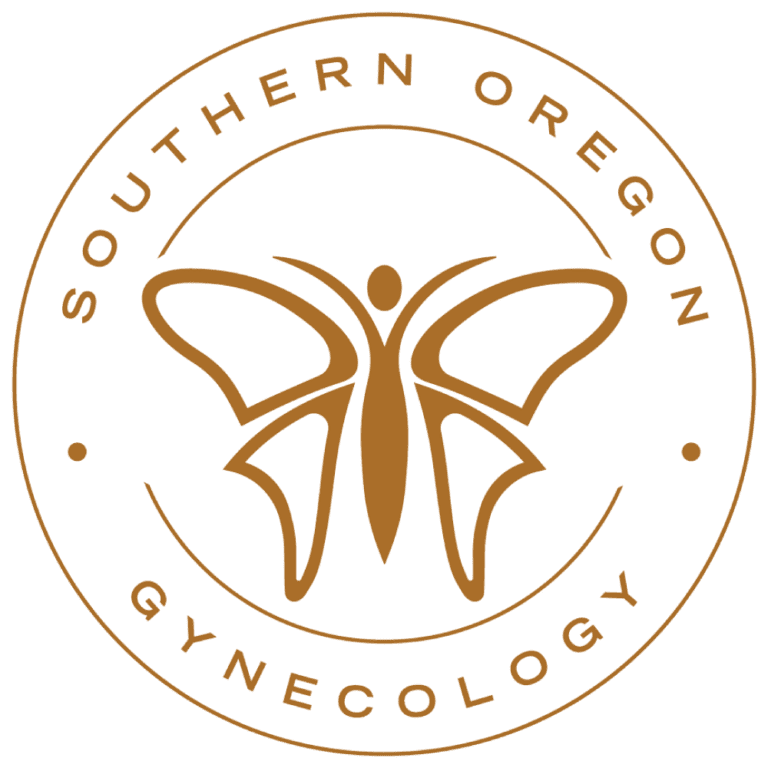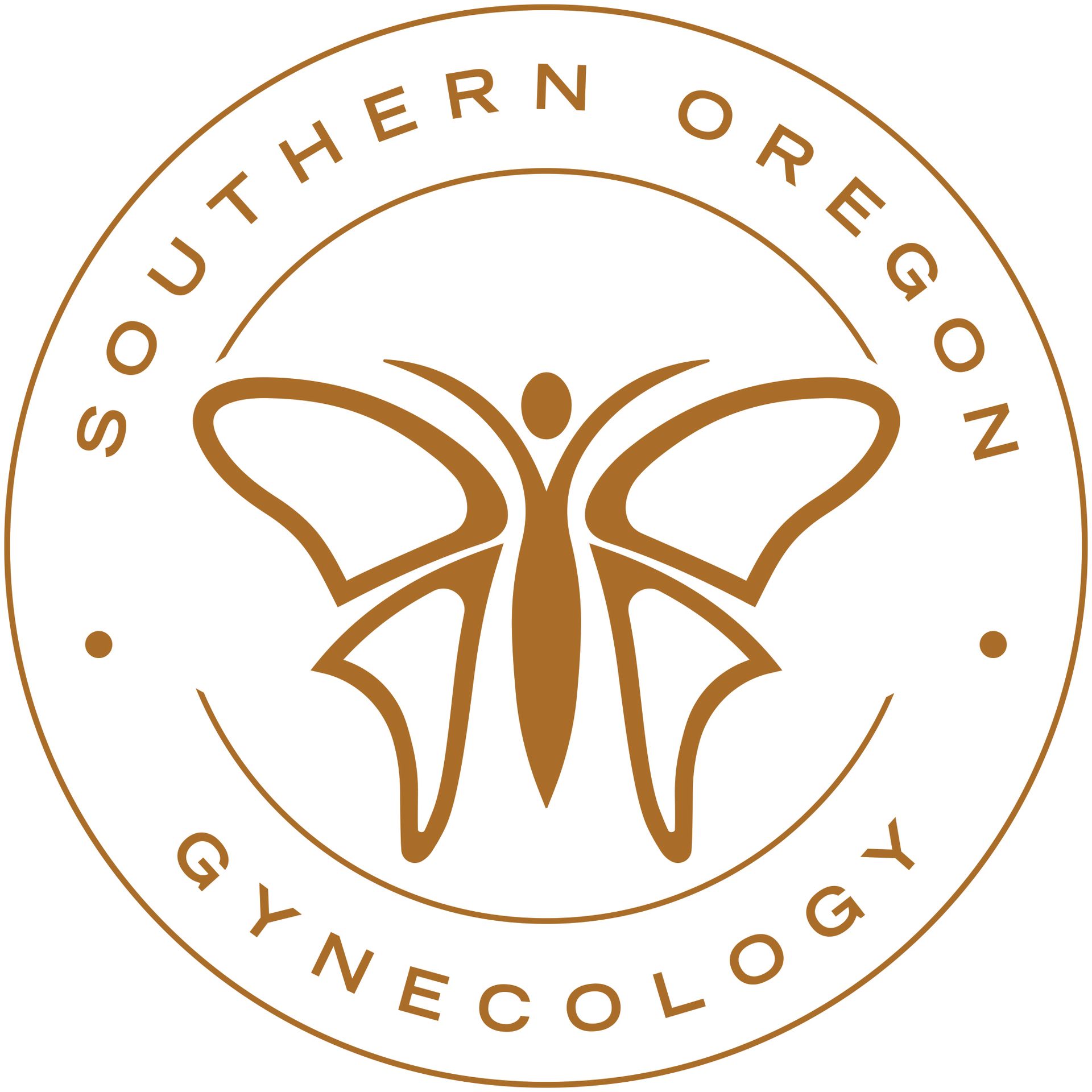
Sexual Health
Individualized evaluation and treatments including medical evaluation, sex therapy services, procedures as indicated and appropriate referrals for sexual dysfunction.
Sexual dysfunction is a very prevalent problem, affecting approximately 43% of women and 31% of men in the US. Four common categories of sexual dysfunction.
Common Categories of Sexual Dysfunction
HSDD - Hyposexual Desire Disorder
HSDD hyposexual desire disorder is a persistent deficiency of sexual fantasies and desire for sexual activity that causes marked distress or interpersonal difficulty. This occurs in about 10% of women. Available treatments include medication, counseling, lifestyle changes and treatment of possible underlying contributing conditions.
Female Sexual Arousal Disorder
Female sexual arousal disorder is a condition where there is low or absent physical (lubrication/engorgement of genitalia) or psychological arousal. This occurs in up to 20% of women. Treatments include therapy, medication or procedures.
Orgasmic Disorder
Orgasmic disorder refers to having a significantly blunted or absent orgasm. This can occur in up to 15% of women; causes include hormonal changes, aging, relationship difficulties, medications, substance abuse, and underlying medical conditions.
Orgasmic disorder can be self-diagnosed inappropriately. Understanding a woman’s normal orgasmic experience can help “treat” the misdiagnosis.
Helpful facts-
- Approximately 80% of women will not orgasm during PIV (penis in vagina) alone. Most women need direct or indirect clitoral stimulation.
- Orgasm latency is the time from the start of sexual activity to climax. It takes women, on average, 14 minutes of clitoral stimulation during partnered sex to reach orgasm – 8 minutes during solo masturbation.
Sexual Pain Disorders
Sexual pain disorders occur in up to 15% of women. There are many causes and there is a general lack of understanding of these conditions in the medical community. This leads to very limited options for care and an often frustrating experience for a patient seeking treatment for their condition. Medications, hormones, procedures, physical therapy and therapy have been shown to be helpful and are available in our practice.
A word on sexual pain
There are many potential causes and sources of pain with intercourse or chronic pelvic pain. Adequate treatment and management of pain often requires a multi-disciplinary approach. This can feel overwhelming and lead to frustration. We hope to offer a caring, supportive and nonjudgemental environment to help
women heal. Our goal is to allow women to have the sexual experiences that enhance their lives without pain and shame.


